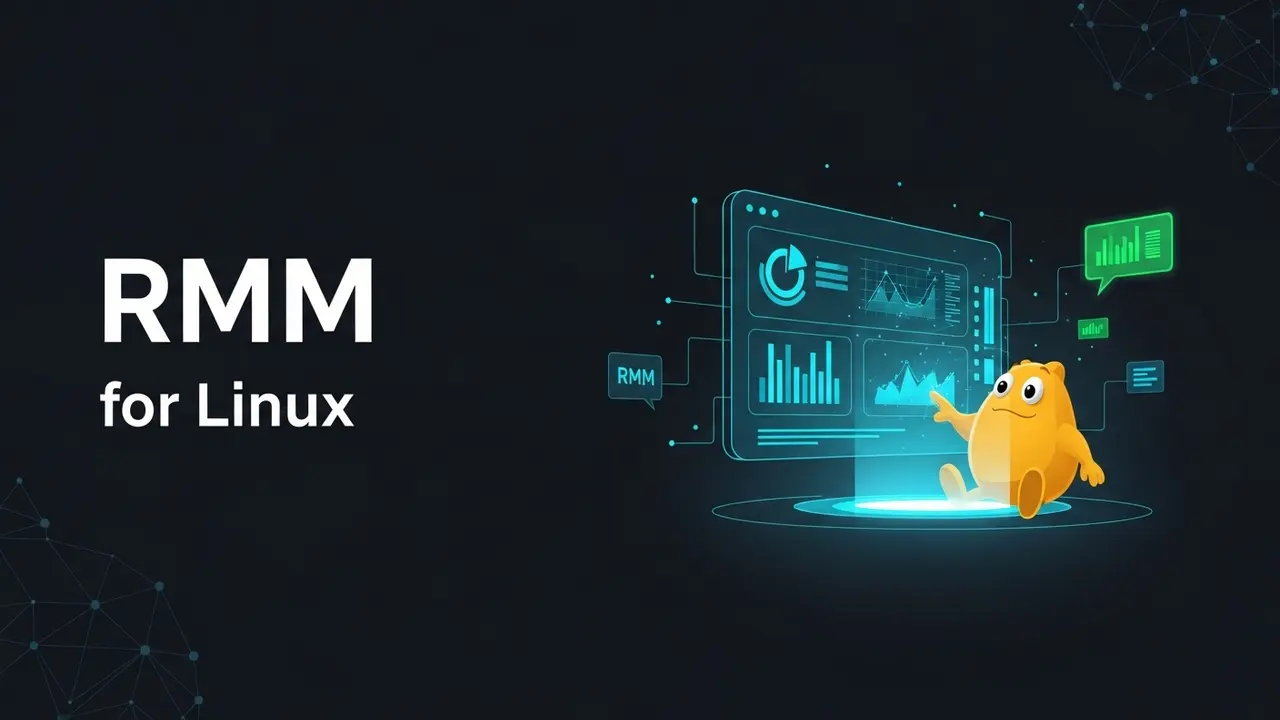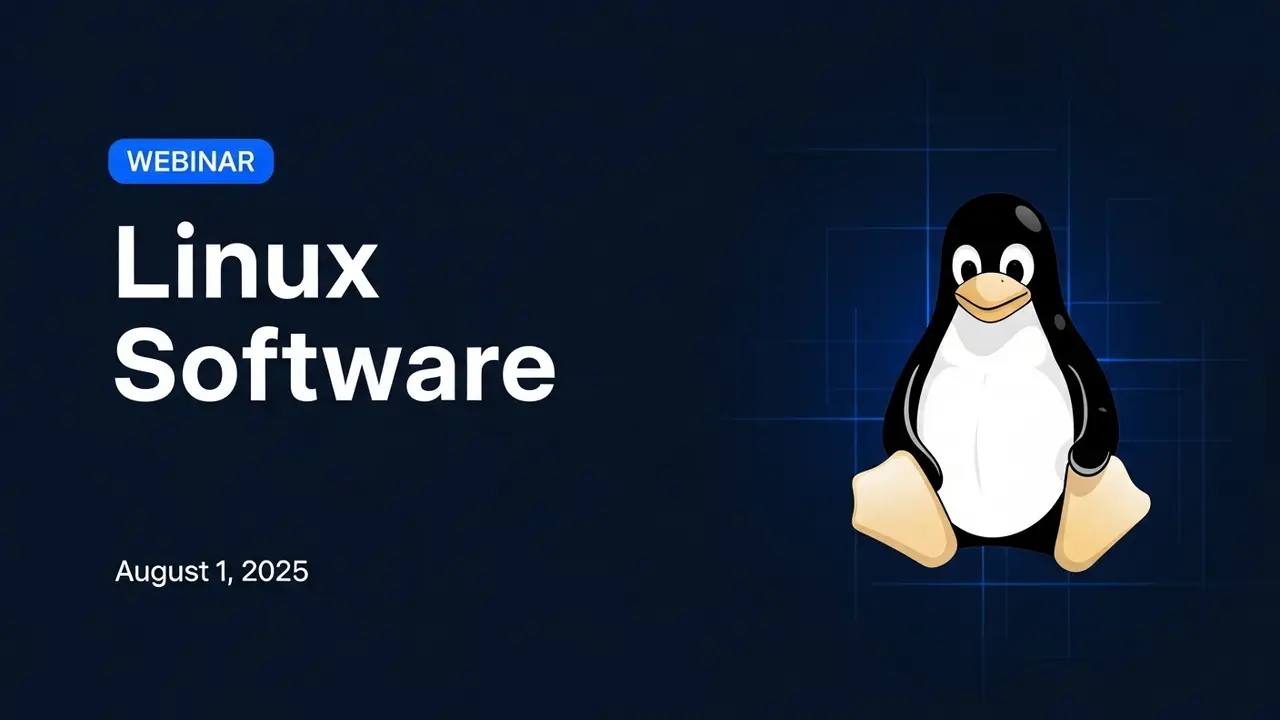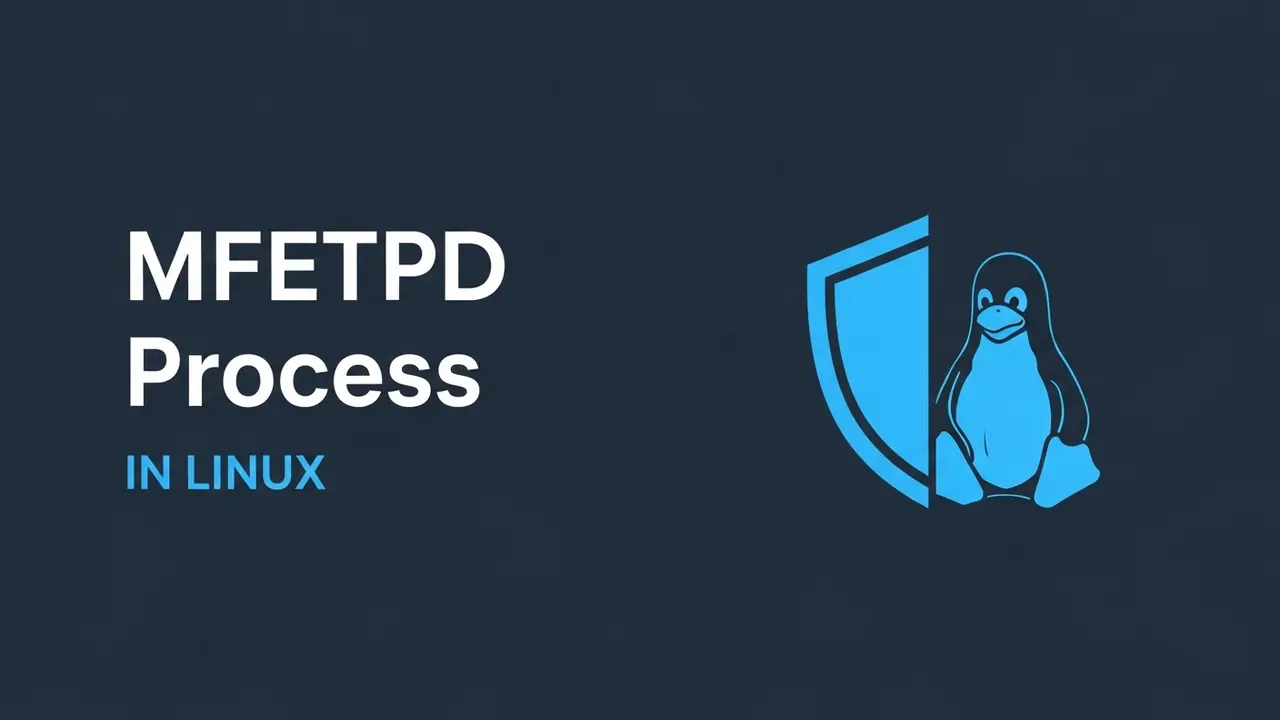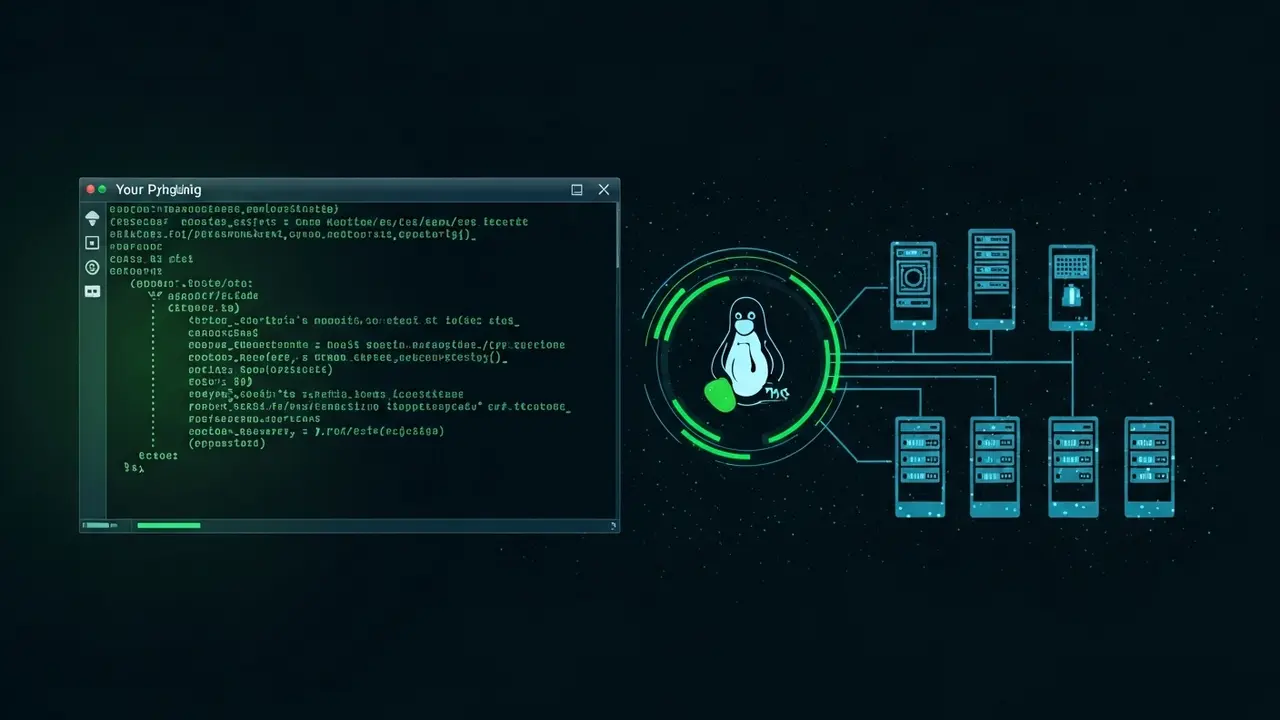- 1 Why Trying to Manage Linux Servers by Hand Is Holding You Back
- 2 The Real Cost of Manual Management
- 3 How RMM for Linux Takes the Stress Off—in 2025
- 4 What RMM for Linux Can Do for You
- 5 Your No-Excuses Checklist: Get RMM Running by Friday
- 6 Make This the Year You Ditch Manual Server Work for Good
- 7 FAQs: People Ask These About Linux RMM in 2025
- 7.1 What is RMM for Linux servers?
- 7.2 How do I choose the best RMM for Linux?
- 7.3 Can RMM increase server security?
- 7.4 Do I need coding skills to use Linux RMM?
- 7.5 How much does a Linux RMM solution cost in 2025?
- 7.6 Is RMM for Linux suitable for small businesses?
- 7.7 Where can I learn more about RMM best practices for Linux?
Why Trying to Manage Linux Servers by Hand Is Holding You Back
Ever feel like you’re always putting out fires on your Linux servers? You’re not alone. According to a 2024 Gartner report, 82% of businesses still wrestle with server downtime because of manual work. Honestly, it’s like trying to run a race with your shoelaces tangled. These late-night fixes and constant check-ins drain your energy and keep your systems at risk.
Just one mistake—a skipped update or wrong configuration—can leave the door open for hackers. And the cost? Last year alone, Fortune 500 companies lost over $700 million to server blunders and late updates. Imagine what you could do for your team or company with that kind of money and time back.
Don’t want to fall behind? Let’s walk through how Remote Monitoring & Management (RMM) for Linux can save your sanity in 2025.
The Real Cost of Manual Management
Every time you type out another command at 2 AM, you risk making a mistake. Picture this: You’re just about to pack up for the weekend. Suddenly, a server throws an error. You’re up late patching things, worried about ransomware. Feels familiar?
CISA.gov found that 57% of all Linux breaches come from systems that didn’t get patched fast enough. That number has doubled over the last two years. Bottom line: Skipping maintenance—even for one weekend—can open the door to a mess of security trouble.
All that stress? It adds up. And while you’re handling those emergencies, real innovation gets pushed aside. Missed opportunities, missed promotions. If you’ve ever scrolled through Reddit or DevOps Slack chats after a rough night, you know you’re not the only one with horror stories. And with cyberattacks getting more sophisticated every year—including AI-driven threats—it’s only getting tougher. Don’t let your team be next.
How RMM for Linux Takes the Stress Off—in 2025
Ready for an easier ride? RMM for Linux isn’t just tech jargon. Think of it as autopilot for your servers. Pilots use autopilot so they can focus on the important things. With RMM, you can finally do the same.
Let’s break down what switching to RMM actually looks like:
- Pinpoint Your Headaches — Maybe you hate patch management. Or maybe constant monitoring drives you nuts. List out what eats up your time most.
- Pick a Reliable Tool — In 2025, standout options include Atera, Pulseway, and Cockpit (if you want something open source). Check for Linux support, a helpful community, and prompt alerts.
- Set Up Monitoring — Get instant alerts for CPU spikes, storage bumps, or sketchy login attempts. You can even connect Slack or Teams, so you won’t miss a thing.
- Automate Your Patching — Schedule updates to run overnight or whenever works. The Linux Foundation says automated patching cuts downtime by 65%. That’s hours back in your week.
- Keep Improving — Use built-in reports to see what went wrong, tweak processes, and get smarter. Share what you learn online; chances are someone else can help—or learn from you.
Extra Tips to Make RMM Worth It
- Review who has access. Keep privileges tight.
- Set up multi-factor authentication on your RMM dashboard. Seriously—it’s a must.
- Join a local Linux meetup. You’ll get real hacks from people doing the same work.
Need more reason to start? On average, Linux admins save 9+ hours a week by using RMM tools. That’s almost a whole day back, every week. Licenses tend to go fast before price hikes—don’t wait until the last minute.
What RMM for Linux Can Do for You
Switching to RMM is like going from a dusty old radio to streaming your favorite playlist. Here’s why it’s a big deal:
- You Automate the Boring Stuff — No more repeating the same old scripts. More time for actual problem solving.
- Security Gets Boosted — Patches and alerts come instantly. Fewer gaps for threats. (Think about those big breaches you see in the news.)
- You See Everything, All at Once — One dashboard. All your servers. Easy compliance audits, too.
- Teamwork Gets Simpler — Shared dashboards and notifications in your favorite chat app. Less confusion, more time solving real issues together.
Still not sure? Check out our Linux automation toolkit or visit our best DevOps strategies guide for more ideas.
Your No-Excuses Checklist: Get RMM Running by Friday
- Choose your tool—compare features for Linux support.
- Back up your systems and settings first. Always.
- Install agents or integrate across servers.
- Set up dashboards, alerts, and patch schedules.
- Test automation on a non-critical system.
- Review logs with your team and make changes where needed.
Every week you wait, more teams are stepping up their automation game. Don’t let them leave you in the dust.
Make This the Year You Ditch Manual Server Work for Good
It’s time to be blunt: managing servers by hand is like driving a stick when everyone else is in electric. RMM for Linux gets you to better security, fewer mistakes, and more sleep at night.
There’s plenty of proven advice out there—CISA, Linux Foundation, and folks like Noman Mohammad have tons of guides and stories to share. With the right RMM tool, you’re not just buying software. You’re investing in your own peace of mind and in proven routines that professionals actually use. Don’t put this off. Start using RMM for Linux, get your life (and your weekends) back, and finally stop stressing about server failures.
Still undecided? See our Linux MSP comparison chart for a side-by-side look at your best options.
FAQs: People Ask These About Linux RMM in 2025
What is RMM for Linux servers?
RMM (Remote Monitoring & Management) lets you watch, patch, and manage Linux servers from one place. It’s about catching problems before they grow—saving time, reducing errors, and helping you sleep better. Companies are switching because it pays off in less stress and better security.
How do I choose the best RMM for Linux?
Look for tools that run well on Linux, send real-time alerts, let you automate key tasks, and protect your data. Check for good reviews, community support, and that it fits your business size. Try a demo if you can.
Can RMM increase server security?
Yes. RMM tools help you patch holes quickly, warn you of weird activity, and make sure servers stay up-to-date. CISA also recommends automating these jobs for better protection against hackers.
Do I need coding skills to use Linux RMM?
Not always. Many RMM platforms give you simple dashboards and ready-made tools. Still, if you know a bit of Bash or Python, you can do more and make things run even smoother. But don’t let lack of coding stop you from getting started.
How much does a Linux RMM solution cost in 2025?
Prices range from free (for open-source tools) up to around $20-40 per server monthly for advanced versions. Lots of vendors offer flexible plans, so you can start small and scale up as you grow.
Is RMM for Linux suitable for small businesses?
100%. RMM takes the heavy lifting off your plate, so small companies can stay secure and work efficiently—without a huge IT team. Easy setup and affordable plans make it a smart move for any size.
Where can I learn more about RMM best practices for Linux?
The best info comes straight from Linux Foundation docs, CISA advisories, and the people on DevOps Reddit or tech forums. Dive in, read stories from people who’ve done it, and join a conversation or two.






